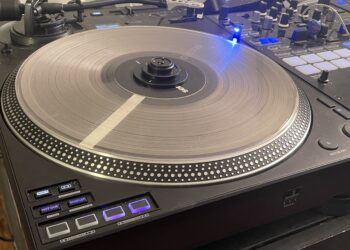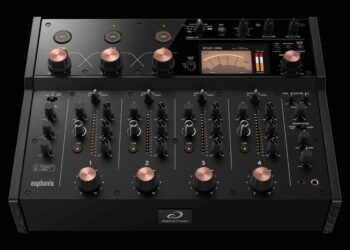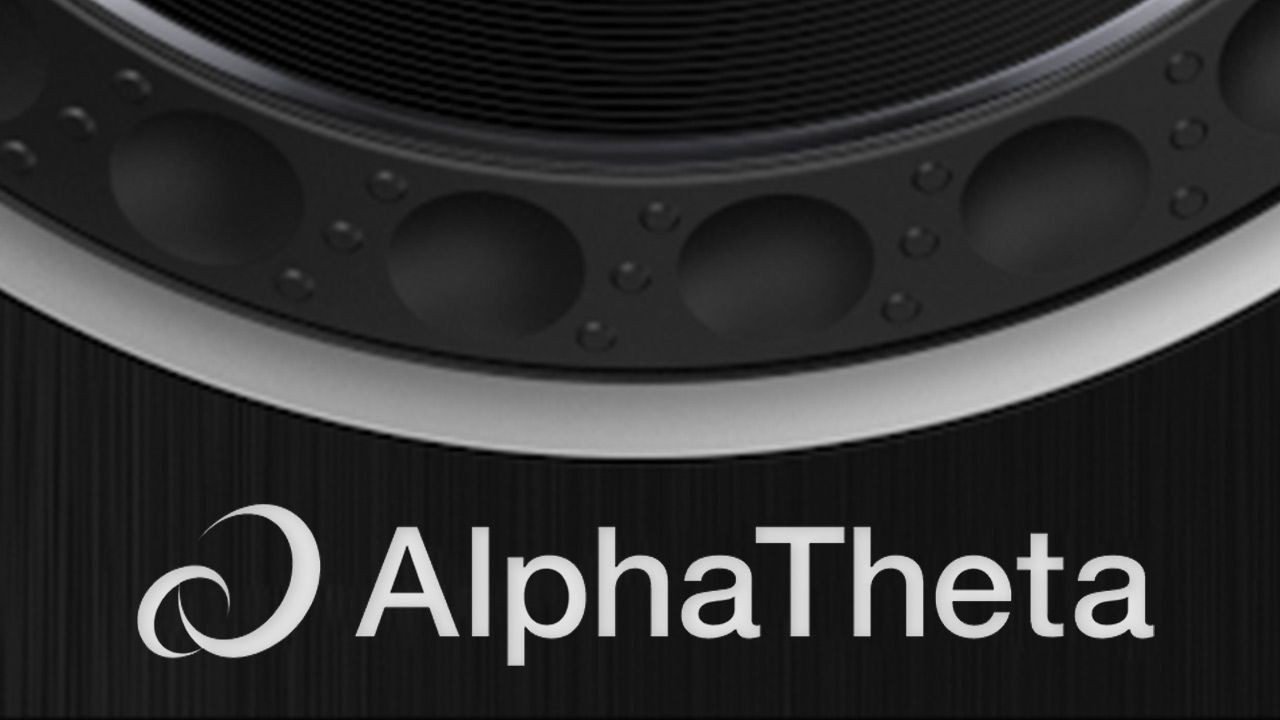We’ve only seen quick glimpses on social media of Pioneer DJ’s groundbreaking new TORAIZ SP-16 hardware sequencer. A few days ago, a series of videos were finally released that give us a better look at the unit and how it works. Get advanced, pre-release insight into this unit inside.
What Is The TORAIZ SP-16?
The first announcement of the TORAIZ SP-16 was back in April 2016, over four months ago. Let’s start with a quick refresher on the basic stats of this unit:
- Gear: TORAIZ SP-16 Sequencer
- Manufacturer: Pioneer DJ
- Price: $1,499
- Availability: The first units are (allegedly) in stores later this month. Click here to be the first to know when preorders are available.
Key Features:
- Full-color 7″ touch screen
- 16-step sequencer and 16 performance pads with velocity for live performance
- Beat sync (via PRO DJ LINK) with CDJs to lock in time with tracks and quantize loops to the master deck
- Analog filters by Dave Smith (the same as on the Prophet-6 synth)
On August 5th, Pioneer DJ released a series of tutorials on their YouTube channel that share more insight into the TORAIZ SP-16 than we’ve ever seen before. They’re fairly dry and low-energy tutorial videos – so we’ve summarized the most important parts in each section below:
How TORAIZ Projects/Samples/Tracks Are Structured
On the TORAIZ, there’s a fairly simple structure to how your work is stored:
- Projects are the top-level of organization
- Each project stores 16 scenes, 1 arrangement, and a mixer state
- The TORAIZ can store as many projects as there is memory for
- Scenes have 16 patterns, and assignment information for 16 tracks
- Each Track is a sample player on a pad – it stores information on the amp envelop, insert FX, and any associated sequence.
- Sample Tracks are based around a sample as the source of audio
- Through Tracks use external input as the sound source
- Patterns can be 4 to 64 beats long
TORAIZ Sample Browsing / Assignment
This video mostly is showing off how you browse and search for samples when working on the TORAIZ. Browse samples via the internal folder structure, or you can search for them with the on-screen keyboard (which is only a few inches wide).
TORAIZ Pad Modes
- When no pad mode lights are lit, each pad just plays the associated track (without selecting it for manipulation on the sequencer or screen)
- Track Mode: Selects the track assigned for a pad (think of this as putting a “focus” on a specific track for the entire unit. This allows quick sequencing and parameter adjustment
- Mute Mode: Allows you to quickly mute/unmute tracks. This is like a simple mixer functionality. Shift + a pad in this mode will solo/unsolo any track
- Slice Mode: Automatically slices a sample across all 16 pads so you can play / trigger any individual part of it
- Scale Mode: Pitches a sample across 16 pads, increasing in 1 semitone on each pad.
TORAIZ SP-16’s Step Sequencer
The TORAIZ’s step sequencer works pretty much like one might expect – particularly for users coming from a workflow like on the Roland AIRA TR-8.
- The color of the sequencer buttons correspond to the track being sequenced – this is nice for very quick reference of what you are manipulating
- Start sequencing a track by hitting the associated pad (while in Track pad mode), or by tapping the track on the screen
- Parameter automation can be recorded using the step modulation function – hold down a step key and turn one of the 6 parameter knobs below the screen.
- It seems like you can easily map the ADSR of samples, the playback time, pitch, etc
- With the record button on, you can play samples and adjust parameters in real-time instead of step-by-step. Quantization is available in the project BPM screen
Dave Smith Analog Filters
- Drive allows a user to quickly add overdrive and distort a track with the filter section. An OVER light indicates when distortion is “in process”.
- Low pass and high pass are self-explanatory filters – and interestingly, only Low Pass can be manipulated with the Resonance knob.
Trigger Types
There are three trigger types on the SP-16’s sequencer:
- Full: Triggers everything: the sample, amp envelop, and parameters.
- Half: Only triggers the envelope – the sample is not retriggered
- Parameter: Only triggers the manipulated parameters – not the sample or the envelop
What About Sampling + Using Alongside CDJs?
So in the videos above, we’ve had a chance to finally see the TORAIZ SP-16 in action. One thing is very much missing: sampling. So far, there hasn’t been any media released that show the sampling process in action.
We expect that how the SP-16 integrates into the rest of a “typical” Pioneer CDJ setup will be critical in the success of the unit. If it’s a no-brainer that plays nice with the industry standard for track playback, every CDJ user will at least try the TORAIZ out. If it’s too complex or not intuitive, it won’t as easy of a sell. We’re betting Pioneer DJ knows this – and that a performance video of the sampling process is in the works.
We’re still waiting on a chance to get a first hands-on with the unit – look for a video in the coming weeks!
Editor’s Update: it looks like more details on the operation of the TORAIZ SP-16 have been revealed in the official manual which was just recently released.









